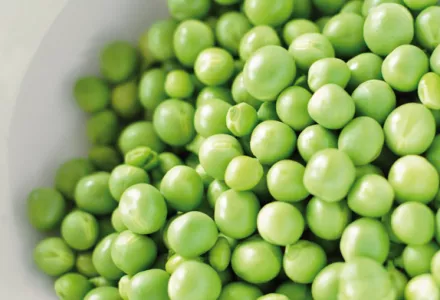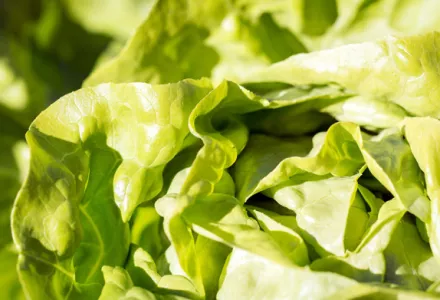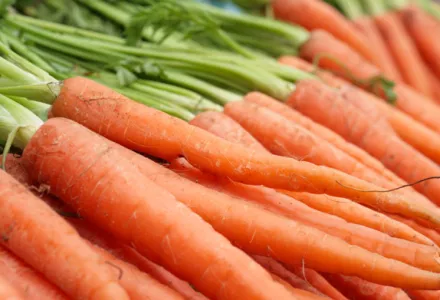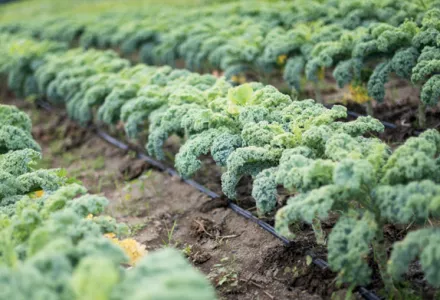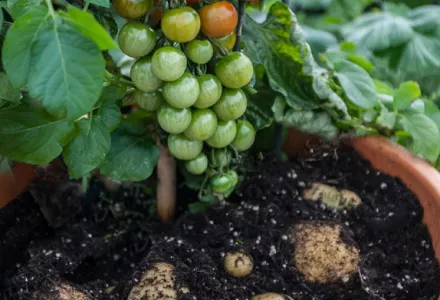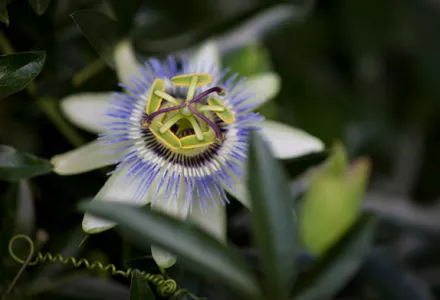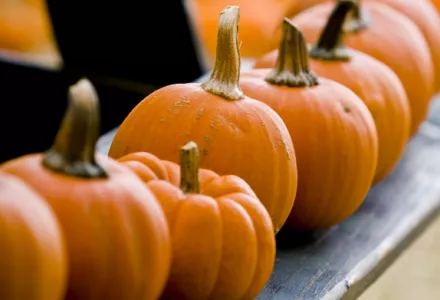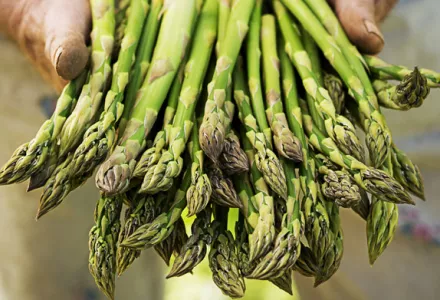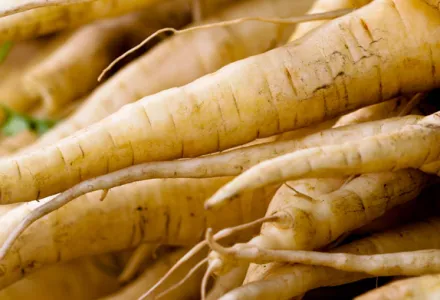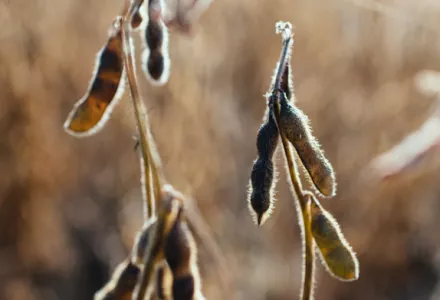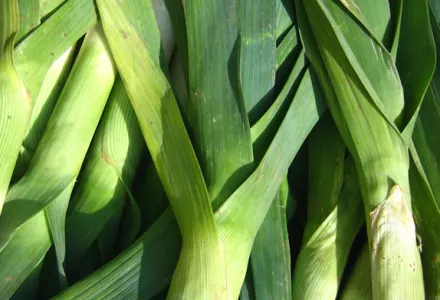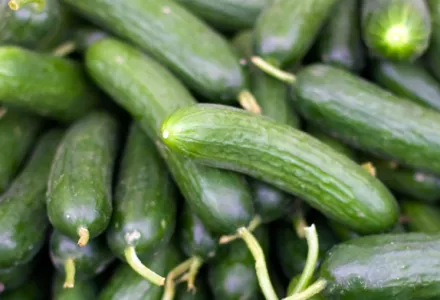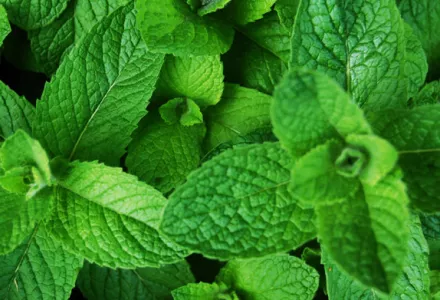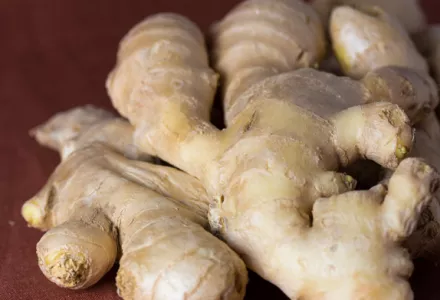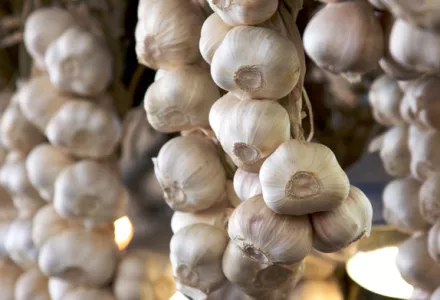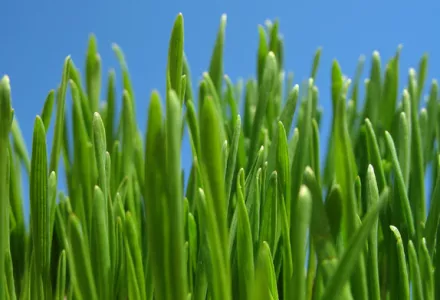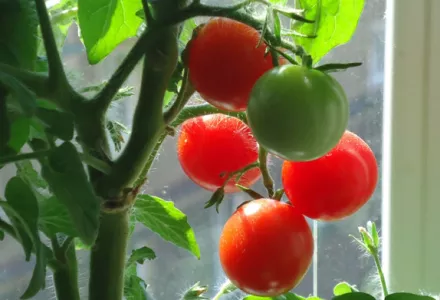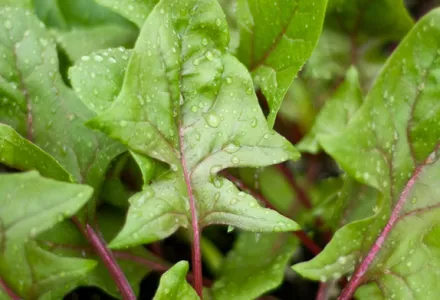Did you know that Europeans only came into contact with the chilli pepper after Columbus discovered America? Since then, over 3.000 registered species have been developed. Of these, five are widely cultivated: Capsicum annum, Capsicum chinense, Capsicum baccatum, Capsicum frutescens and Capsicum pubescens. All have their own special characteristics.
- Capsicum annum
This variety of chilli is the easiest to grow. Most common chillies belong to this variety: Bell Pepper (paprika), jalapeño, cayenne pepper, Serrano and all 'waxed' peppers. The flowers are creamy white. - Capsicum baccatum
These plants have quite a fruity flavour and can grow very large (a height of 5 feet can easily be reached). It may not be the most appropriate plant for indoor growing, but it is easy to grow, so very suitable for beginners. The flowers of this variety have spots on their petals. - Capsicum chinense
The chillies that belong to this variety are of the hottest of them all (Red Savina, Madame Jeanette). The C. chinense needs a humid environment, because they are a tropical variety. They grow rather slowly, need a relatively long summer and can take a long time to germinate.
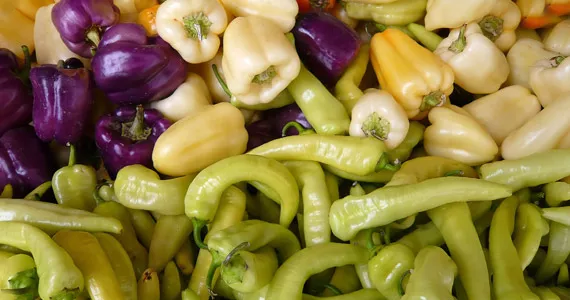
- Capsicum frutescens
The flowers of this plant are greenish. They are quite compact with many branches and grow from 1 feet to 4 feet tall, depending on the weather conditions. The most famous chilli belonging to this group are Tabasco and Bird's Eye chillies. - Capsicum pubescens
The peppers belonging to this variety are the Rocotos, which resemble sweet peppers. This variety needs a long time to grow and flower plus a great deal of light every day. Above all, the temperature margin for growing is limited, so this is not really an easy crop to grow.
Tips growing peppers
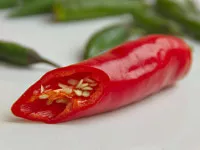
Obviously, to grow plants, you need seeds. You can separate the good seeds from the bad by plunging them into water. All the seeds that float can be discarded as they will probably not germinate.
Peppers need a high temperature (above 25°C), mild nights and a lot of light. They also like to be rooted in an airy soil and need to be fed on a regular basis. If you don’t want the different varieties to pollinate each other, you can cover the flower bud with an empty tea bag before it opens. Tapping it daily will help the flower to fall off.

